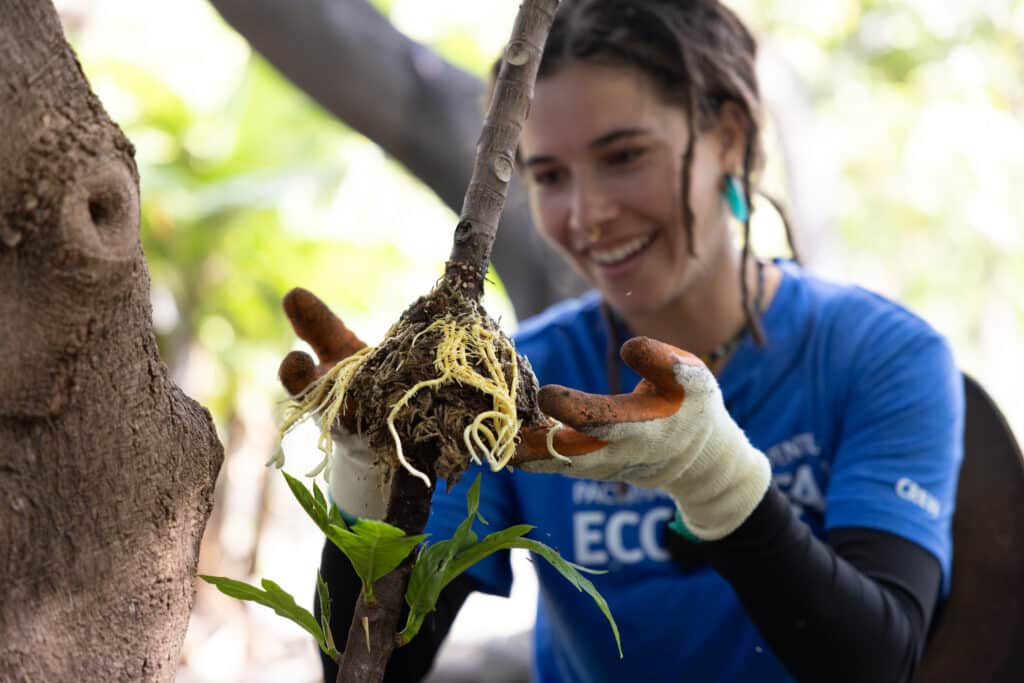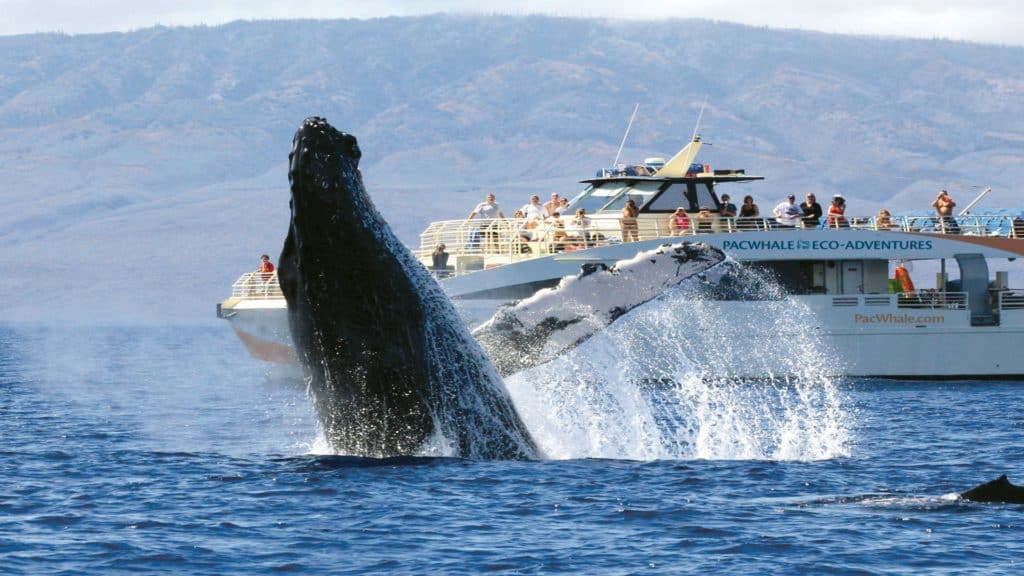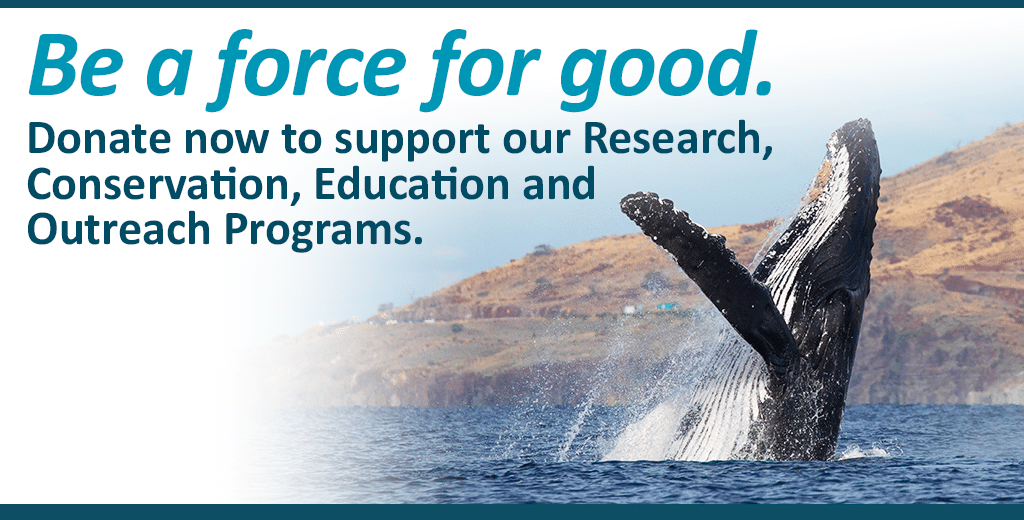One of the most significant human impacts on global marine mammal populations, the incidental catch and entanglement in fishing gear, or bycatch, results in hundreds of thousands of cetacean (whales and dolphins) injuries and deaths annually. It affects both large and small cetaceans throughout the world’s oceans. Smaller coastal species are particularly susceptible to entanglement in gillnets while larger whales are often entangled in static nets and ropes associated with pots and traps.
Despite being widely recognized as a major threat to cetaceans worldwide, research on fisheries interactions remains limited. Some of the ways bycatch impacts whales and dolphins include:
Injury
Whales and dolphins can suffer significant injuries from entanglement, such as lacerations, amputations, and broken bones. These injuries can affect their ability to swim, feed and reproduce, which can ultimately lead to their death.
Stress
Bycatch can cause significant stress to whales and dolphins, which can affect their behavior, reproductive success, and survival. The stress of entanglement can also make them more susceptible to disease and other health problems.
Population Decline
Bycatch can have a significant impact on whale and dolphin populations, particularly for species that are already threatened or endangered. Bycatch can reduce the number of individuals in a population, which can lead to a decline in genetic diversity, reproductive success and overall population health.
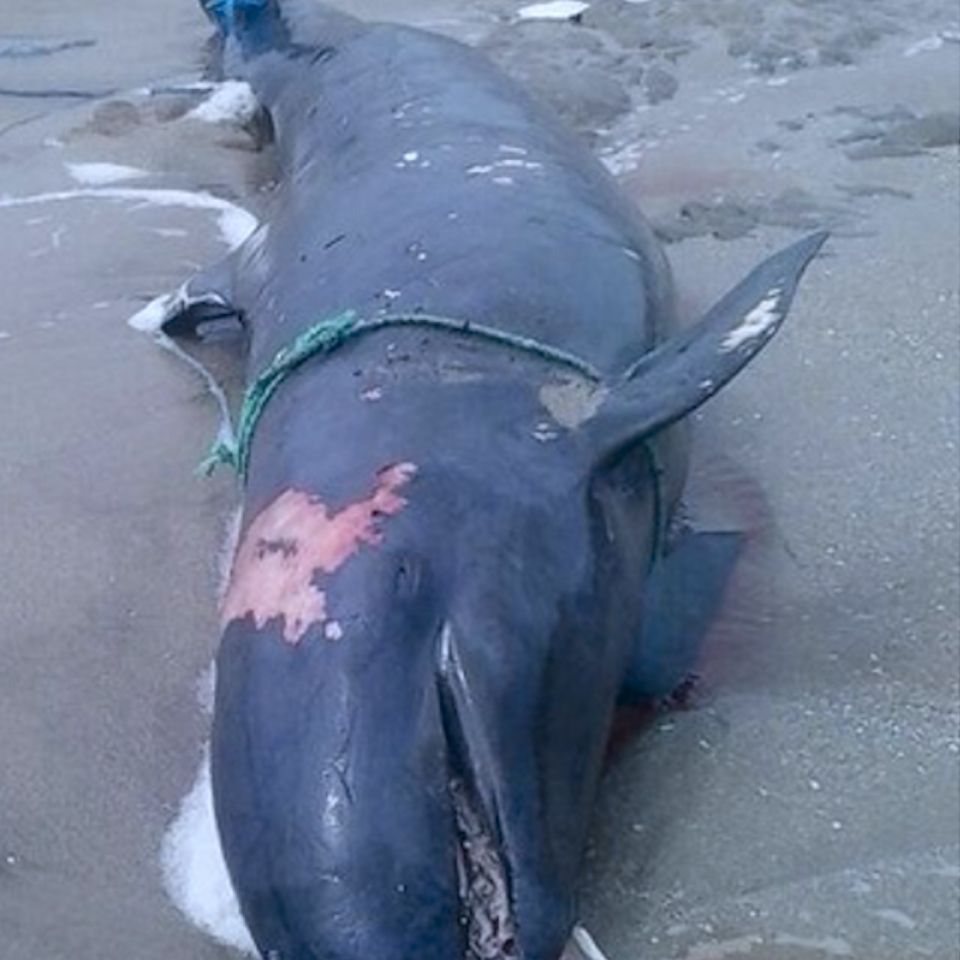
Death
Whales and dolphins can become entangled in fishing gear and die from drowning, suffocation or exhaustion. This is particularly true for certain cetacean species, such as dolphins and humpback whales, that spend a lot of time near the surface.
What we don’t know is the actual global extent of cetacean endangerment from bycatch. While it is estimated that at least 300,000 whales and dolphins are killed as bycatch each year, this number is likely an underestimation as most dead cetaceans never make landfall and there are too few bycatch monitoring strategies in place. Furthermore, many of the mitigation measures currently implemented often mean that bycatch is dumped before its landed, making reporting on the true extent impossible.
To increase our knowledge of fisheries interactions and provide science-based management strategies within our study regions, PWF conducts dedicated research on this pervasive issue within our study regions. Our research in Ecuador confirms bycatch as a significant threat to area cetaceans. We have documented numerous species becoming entangled and drowning in gillnets and even discovered marine mammals used as bait in homemade fishing equipment.
For this study, we have developed a community reporting network that allows us to document stranded and entangled marine mammals. Our researchers are partnering with experts around the world to address entanglement in Latin America and work with the on-water community to develop mitigation strategies and provide assessment and response training.
Overall, bycatch remains a serious threat to whales and dolphins. Stringent efforts are needed to reduce the amount of unintended capture and to mitigate the impacts of bycatch on these marine mammal species. Fortunately, this serious issue can be successfully addressed if certain measures are implemented and multiple organizations (e.g., fishing communities, governments, industries, fisheries management organizations) work closely together to develop effective strategies. For any strategy to be successful, the social, economic and environmental aspects must be taken into consideration.
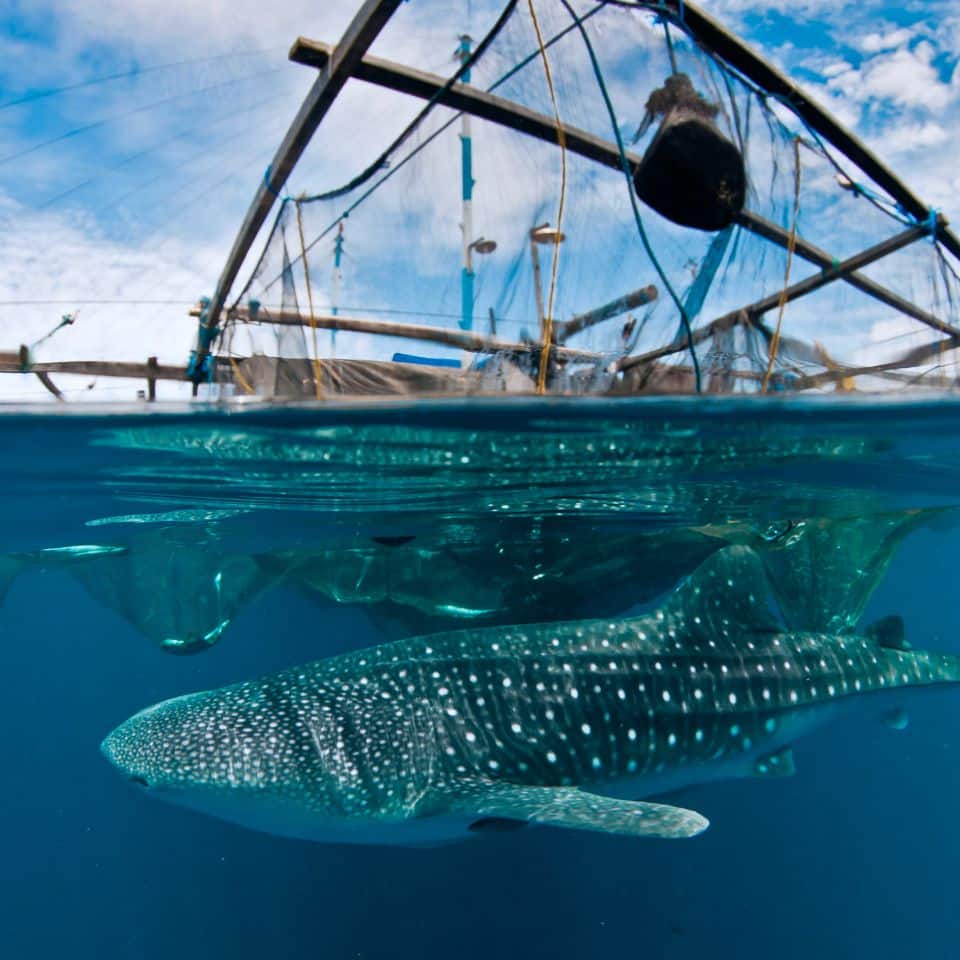
Large-Scale Monitoring
Identifying locations and industries that are the biggest contributors to the threat of bycatch is extremely important. This includes having fisheries observers on board a wide range of fishing vessels who accurately report the number of individuals killed and marine species most affected.
Widespread Monitoring
Utilizing strandings networks and scar assessment studies, widespread monitoring highlights locations and industries known to have the greatest impact. Tailored mitigation measures can then be implemented to reduce these impacts.
Fishing-Gear Modification
The modification of fishing gear can significantly reduce the negative effects of bycatch, and some of these changes can be cost effective as well. However, some modifications can be expensive, which may not be sustainable in developing areas. In tthese instances, governments need to provide financial support to ensure that local communities are not bankrupted when implementing mitigation measures.
Limiting or Excluding Fishing Operations
A more ambitious conservation strategy to combat bycatch is to limit or exclude specific locations identified as key cetacean habitats. For example, breeding/calving grounds, areas that support resident species populations or waters in which endangered species are commonly found.
Through research, education and advocacy, PWF is committed to the promise of a sustainable future for both marine wildlife and coastal communities that depend on healthy oceans.
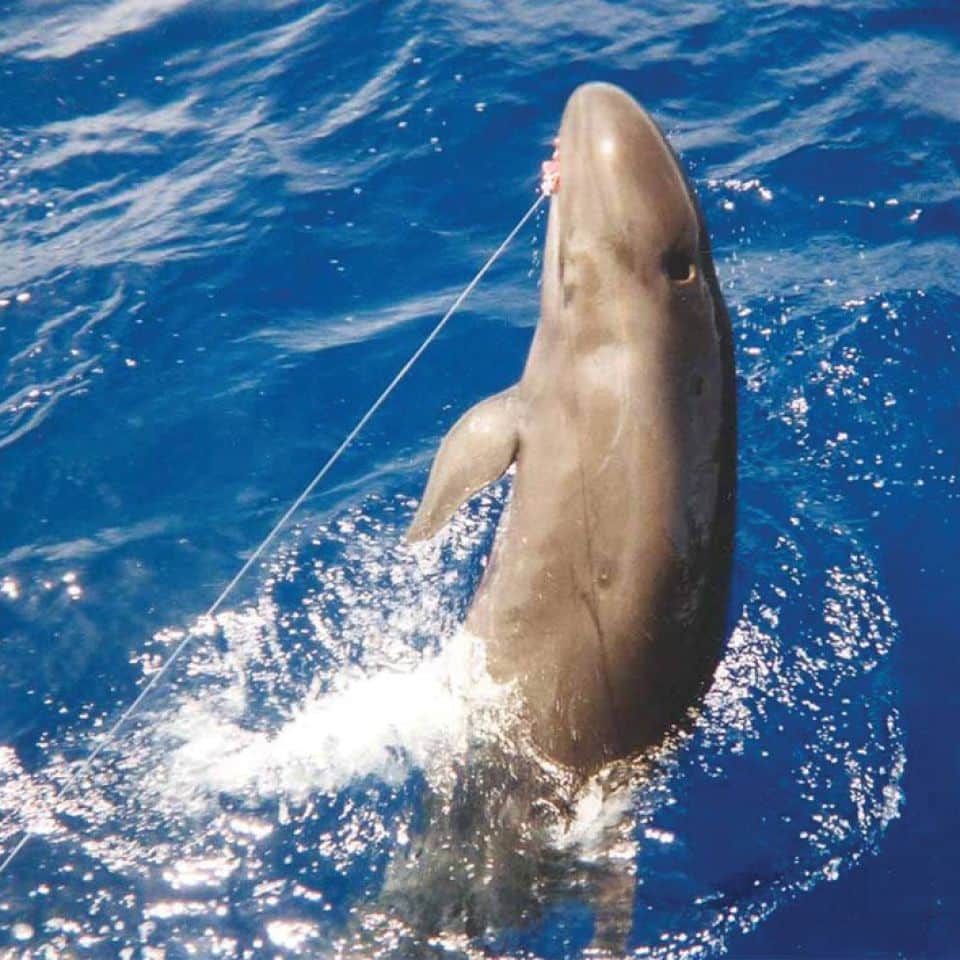

Documenting Bycatch in Cetacean Populations
Utilizing photo-identification catalogs to determine extent of fisheries interactions on whales and dolphins.
Cetacean fishing-gear interactions documented in Hawaiian waters include humpback whales, common bottlenose dolphins, spinner dolphins, pantropical spotted dolphins, short-finned pilot whales and false killer whales. To quantify the extent of this threat, we refer to our photo-identification catalogs to determine fisheries interactions through visible mouthline scars, dorsal fin disfigurements and other mutilations. Understanding the magnitude of the problem is an important first step in minimizing these often-fatal injuries to whales and dolphins.
Ecuador Community Reporting Network
Enlisting the public to assist PWF in bycatch mitigation efforts.
Our researchers in Ecuador have documented numerous species becoming entangled and drowning in gillnets and even discovered marine mammals used as bait in homemade fishing gear. For this study, we have developed a community reporting network that allows us to document stranded and entangled marine mammals. Partnering with ocean users and experts in the global scientific community, PWF researchers work to address entanglement in Latin America and develop mitigation strategies.
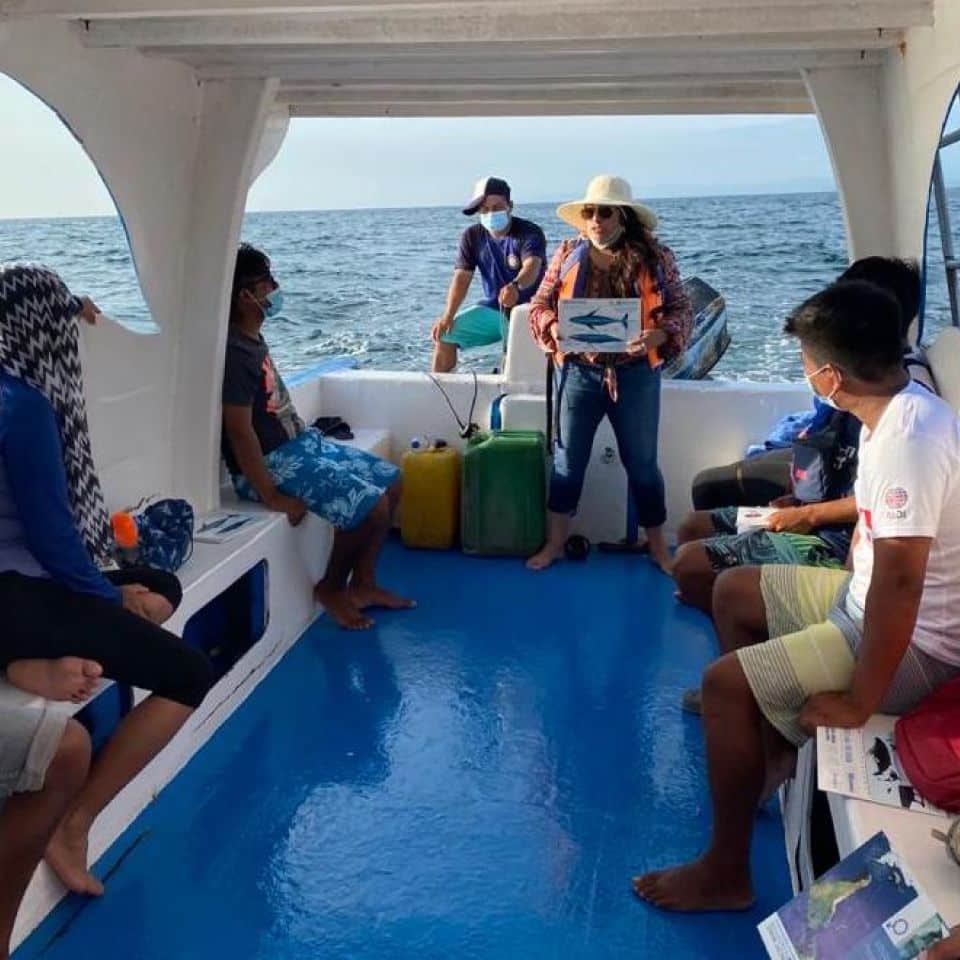
Scientific Papers
Making Waves: Policies that Protect our Ocean
MAKE A PLEDGE TO COMBAT
THE 5 MAJOR THREATS

